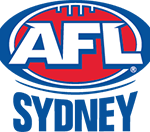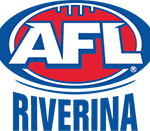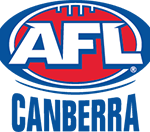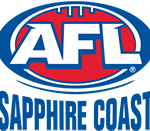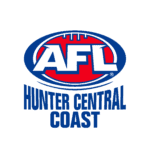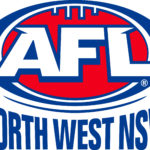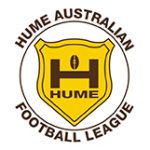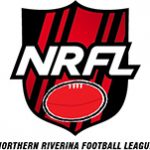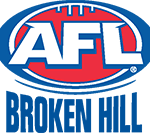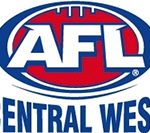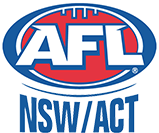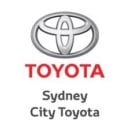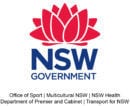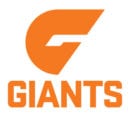The Best Footballer in Australia – in 1933
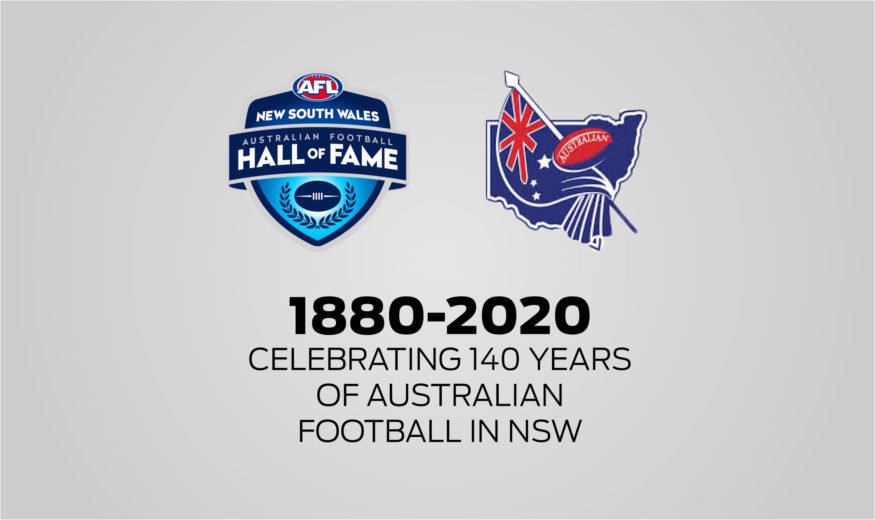
Australian Football celebrates its 140th anniversary in NSW this year after the founding of the NSW Football Association in Sydney in 1880.
Rod Gillett profiles the nomination of Jimmy Stiff to the AFL NSW Hall of Fame:

Jimmy Stiff was voted the best player at the Australian National Football Carnival (ANFC) in Sydney in 1933.
He was the first and only ever NSW player to be awarded such an honour.
At this carnival it was known as the Major Condor Trophy, named after the donor, the General Manager of the ABC.
It was the forerunner to the Eric Tassie medal that was inaugurated in 1937 for the best player at the carnival based on voting by the umpires right up until the last interstate carnival in 1988.
The national championships involving all states playing against each other had started in 1908 and was the highest level of football in the country in this period.
Jimmy polled 5 votes to win the award from Jock Collins (Victoria) and Ted Flemming (WA), who each polled two votes. Victorian star Hadyn Bunton only polled two votes.
Legendary Sporting Globe football reporter J.S. “Jumbo” Shortland wrote of Jimmy’s win.
“The victory of Stiff will be very popular in Sydney, for among local Australian Rules enthusiasts, he is an idol. Out of nearly 100 crack footballers from all parts of the Commonwealth … a little fellow like Stiff managed to win through,” (Sporting Globe, 14 August 1933).
“Stiff proved himself a very plucky, clever little rover. He is game as they make them. … he can get the ball and he is a terrier on the ground and a good mark for his inches.”
Jimmy Stiff was only 1.6m (5’ 3’’) tall and weighed only 64.5 kg. (10 st 3 lb). By all reports he was a “pocket Hercules” according to contemporary reports in the Sydney press.
Jimmy grew up in Mascot and attended the Gardeners Road Public School, a nursery for Australian football at this time under Rupert Browne, and he played in NSW schoolboys’ representative teams.
He debuted for South Sydney at age 17 and played in their 1934 and 1935 premiership teams under master coach Frank Dixon as well as the grand final in 1932.
He first represented NSW against the VFA at the SCG in 1931. He booted 5 goals and voted best-on-ground in the 16-point loss, NSW 13.13. 91 to VFA 16.11.107.
Stiff represented the State ten times and was in the best players in every game he played. He was also in the best in the match against the VFL at the SCG in 1932.
He was at his absolute best in the 1933 carnival; he was in the best payers against eventual champion Victoria (lost by 53 points), Tasmania (won by 25 points), Queensland (won by 85 points), and best-on-ground in the 10-point loss to Western Australia.
Clearly, he would have been selected in the All-Australian team if one had been selected at the time; the first official All-Australian team was not selected until 1953.
The equivalent of a Tassie medal and an All-Australian should make him a walk-up start for the AFL Hall of Fame, not just the AFL NSW Hall of Fame. He was an inaugural member of the AFL Sydney Hall of Fame in 2003.
Jimmy was a natural all-round sportsman who also played first grade cricket in the Sydney competition with the Glebe club after starring as a schoolboy for NSW.
In 1935 Jimmy switched to rugby league with South Sydney and was in strong contention for the 1937-38 Kangaroos tour of Great Britain.
He returned late in the season from playing full-back for the Rabbitohs to play in Souths’ NSW ANFL premiership win alongside his brother Malcom, better known as Mickey. He kicked the first goal of the grand final while his brother booted four goals.
Tragically, Jimmy Stiff, who worked as a tool maker, was killed in a motorcycle accident in Botany Road, Botany in December of 1937.
His South Sydney footy coach and friend Frank Dixon was waiting for him at the Roseberry Hotel in Botany Road.
He told Ian Granland in a recorded interview in 2005 that he was waiting a long time for the “little champ” then someone he knew walked into the pub and gave him the shocking news of his death.
Frank Dixon, who coached NSW State teams in 1936-38 and then again from 1947 to 1952, rated Jimmy the best player he had seen in Sydney in his time in football.
Keep up-to-date with all AFL NSW/ACT related news by following us on Facebook, Instagram and Twitter.
